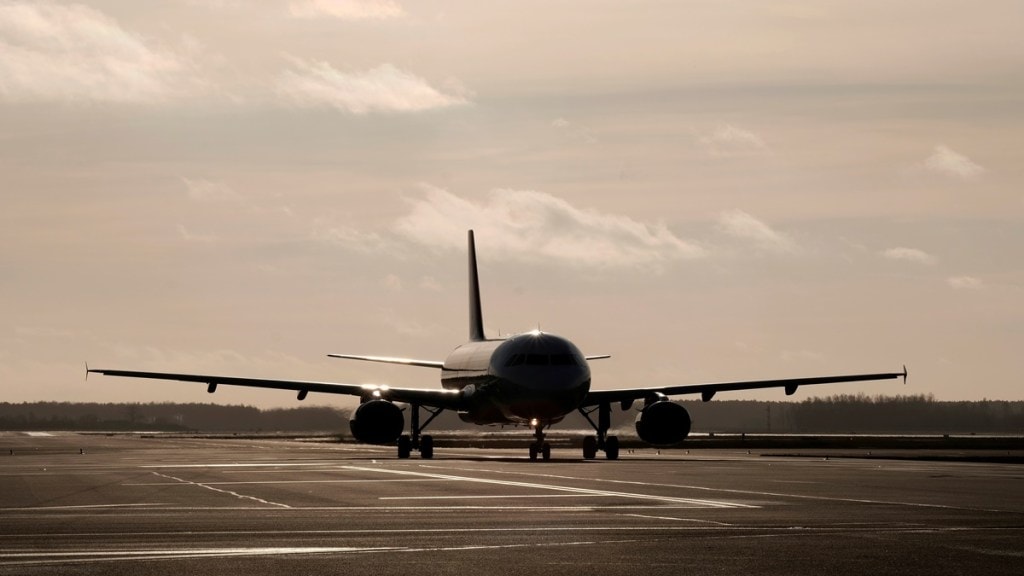The aviation regulator’s flurry of activity in the wake of the Air India plane crash is a textbook example of closing the stable door after the horse has bolted. As expected, Air India has faced intense scrutiny after the June 12 accident that killed 271 people. Last week, the Directorate General of Civil Aviation (DGCA) warned that it may suspend or even withdraw the airline’s operating licence if it did not remove three officials guilty of repeated lapses from roles linked to crew rescheduling and rostering. It also introduced a new audit framework for the sector that aims to replace the siloed style of domain-specific safety checks carried out by different directorates with a “360-degree evaluation” across airports, airlines, maintenance firms, training institutes, and ground handling companies.
And on Tuesday, the findings of a special DGCA audit only added to the mounting fears of flyers. It discovered instances of aircraft defects reappearing at airports in Delhi and Mumbai, which pointed to “ineffective monitoring and inadequate rectification action”. Although the regulator did not name any entities, its survey covered areas critical to flight safety and the anomalies ranged from a faded line marking of a runway to a lack of update of obstruction limitation data and a flight getting delayed due to worn-out tyres. The DGCA has given a week to fix the lapses. In addition to routine measures such as an annual audit of Air India that the DGCA has cancelled as the airline grapples with the West Asia turmoil, these are necessary and welcome steps.
However, the timing of it all begs the question: Why wait until a tragedy strikes to stir into urgent action? A regulator should not be seen as an enforcer only when public confidence takes a beating. This is not to suggest that airlines do not have their task cut out to prioritise safety. Obviously they can’t cut corners and risk passenger safety in a virtually duopolistic Indian market that is ranked the third-largest in the world. On its part, the DGCA has pulled up airlines periodically. For instance, it has penalised Air India, albeit with measly fines, for violations in the past and had briefly placed SpiceJet under an enhanced surveillance mechanism last year. The DGCA often issues advisories rather than taking decisive action against airlines that violate safety regulations or operational guidelines, suggesting a weakness in enforcement.
For the DGCA to be effective, there is a need to address its structural weaknesses. It derives its authority via the executive, not a parliamentary law, and functions as a subordinate office of the ministry of civil aviation. It is handicapped by a lack of operational and financial autonomy and is severely understaffed — as of March, 814 out of its 1,692 sanctioned positions were vacant. A reliance on civil service hiring processes contributes to an inability to attract experts, while it desperately needs to cut the red tape to allow speedy decision-making. Inspiration can be drawn from similar agencies in the US and the UK, which enjoy greater autonomy with their own personnel and procurement systems. In fact, back in 2013, the previous government had mooted replacing the DGCA with a Civil Aviation Authority, on the lines of the Federal Aviation Administration in the US. Rethinking such a revamp plan is warranted, as India’s regulatory infrastructure struggles to keep pace with a growing aviation market and ensure it does not compromise consumer interests and safety.


